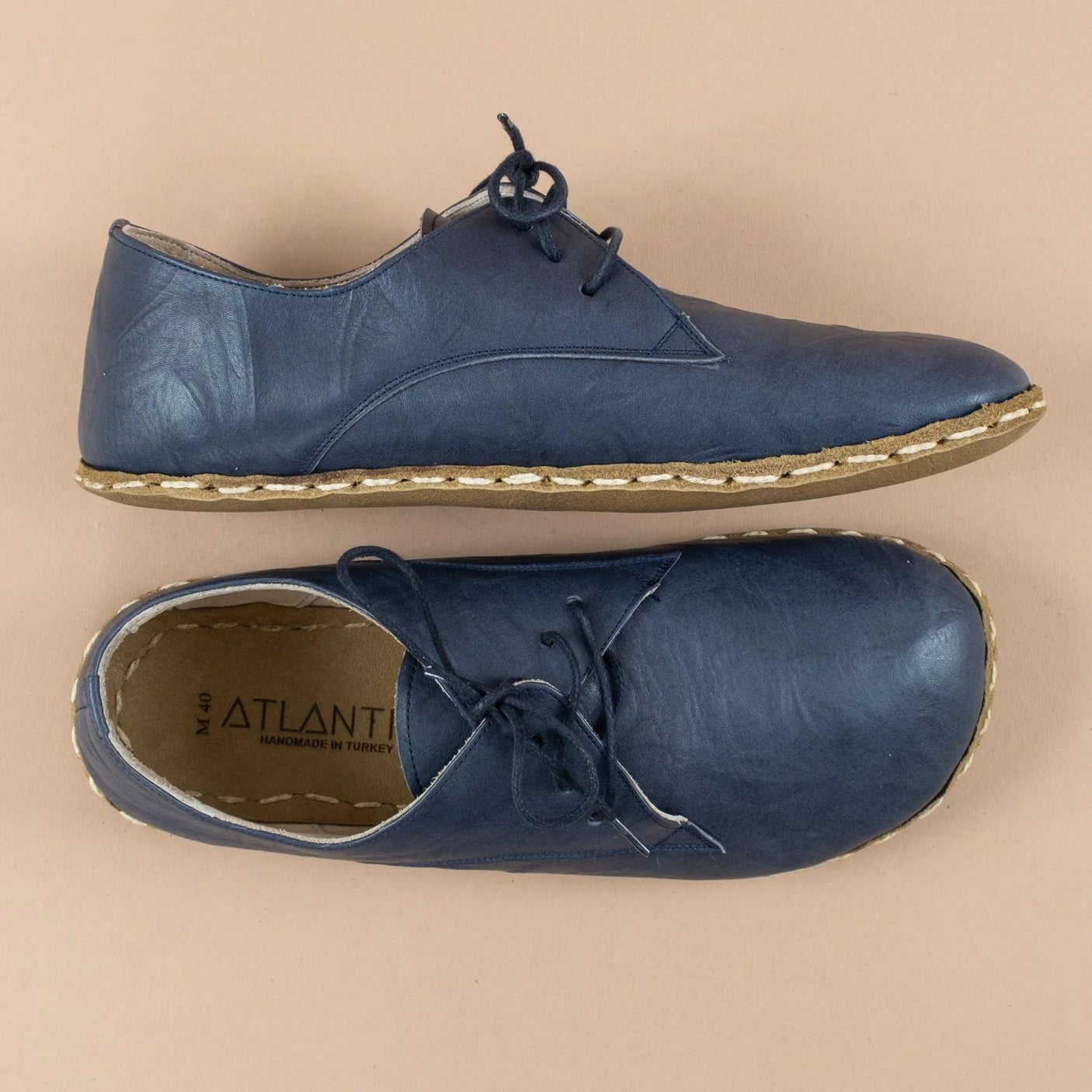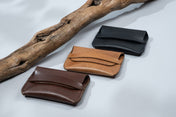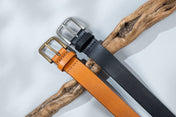Exploring barefoot shoes reveals a distinct walking experience compared to traditional footwear. Unlike conventional footwear, these shoes modify the biomechanics of walking, impacting how the foot strikes the ground. This change often results in a different gait and overall body mechanics. Moreover, barefoot shoes encourage more natural foot movements. This can lead to benefits such as fewer injuries and enhanced sensory perception. However, it is crucial to consider individual foot anatomy and walking habits when transitioning to barefoot shoes. This ensures that users can fully capitalize on their advantages.
Biomechanical Differences Between Barefoot and Shoe Running
According to Yonatan Kaplan, PT, MSc, the study of gait differences between barefoot and shoe running unveils intriguing biomechanical contrasts. Barefoot running, often characterized by a forefoot strike pattern, offers several biomechanical benefits. These include reduced impact loading and a shorter stride length, contributing to decreased injury risk. Moreover, this running style enhances sensory feedback from the foot-ground interaction, allowing for more efficient force dispersion. Additionally, barefoot running promotes a shift in shock absorption from the knee to the ankle, mitigating injury risks.
In contrast, running in shoes typically results in a rear-foot strike pattern. This running mode differs significantly in how collision forces are distributed across the lower body. While it might offer some protection to the lower leg and ankle, it potentially increases the risk of injuries in these areas due to higher impact loads. Furthermore, shoe running alters the biomechanics of the knee and ankle. Specifically, barefoot running exhibits a 24% decrease in negative work at the knee and a 19% increase in positive work at the ankle compared to running in minimalist shoes. This indicates substantial biomechanical differences between barefoot running and all shoe conditions, including minimalist and lightweight shoes.
Barefoot running also displays a continuum in foot strike patterns, which can be categorized into rear foot strike (RFS), midfoot strike (MFS), and forefoot strike (FFS). This range is critical in understanding the distribution of a runner's weight during movement. Force plate data, measuring the center of pressure along the foot's long axis, provides detailed insights into these patterns, revealing the nuanced biomechanical variations between barefoot and shoe running.
Minimalistic Shoes: A Middle Ground?
According to Yonatan Kaplan, PT, MSc, minimalist running shoes offer a unique blend of barefoot experience and protective footwear. These shoes distinguish themselves through several key features:
- Lightweight design, typically under 8 oz, for an unburdened running experience.
- High flexibility to allow natural foot movement.
- Expanded toe boxes enable toes to spread and grip naturally.
- Low heel-toe drop, less than 5 mm, to mimic barefoot running posture.
- Minimal padding and support to enhance the 'barefoot' feel.
In contrast to traditional running shoes, which often include substantial cushioning and features for pronation control, minimalist shoes aim to replicate natural running mechanics. This approach can lead to fewer injuries, as reported by Kaplan. Notable reductions have been observed in hip, knee, lower leg, ankle, and foot injuries among users of minimalist footwear.
Clinical Implications and Advice for Runners
According to Yonatan Kaplan, PT, MSc, medical professionals are pivotal in guiding patients toward a running style that best suits their joint health, significantly reducing the likelihood of injuries. This guidance is tailored to each runner's unique needs, factoring in various risk elements:
- Systemic factors like age, gender, and weight.
- Running or training-related factors include training frequency, terrain, and race distance.
- Health factors such as previous injuries or existing medical conditions.
- Lifestyle factors, for instance, alcohol consumption and smoking habits.
Furthermore, Kaplan emphasizes the importance of considering the type of footwear used. For endurance runners experiencing increased knee symptoms, a shift to a mid-forefoot pattern or a minimalistic running style may be recommended. However, this approach is not without its drawbacks. Running barefoot or in minimalistic shoes often increases the load impact around the lower leg and ankle, potentially heightening injury risks in these areas. Switching back to a rear-foot strike pattern or experimenting with different running shoes might be advisable in such scenarios.
Transitioning to barefoot running warrants a cautious approach. Kaplan advises a gradual adaptation to the new running style. This gradual transition is crucial to prevent overloading muscles and joints unaccustomed to the mechanics of barefoot or minimalistic shoe running, thereby safeguarding against potential injuries. This careful approach ensures a safer and more effective transition for runners adapting to new running methodologies.










